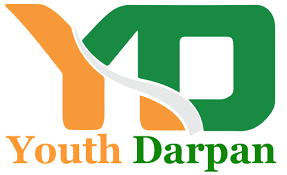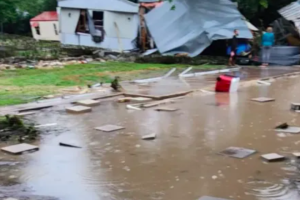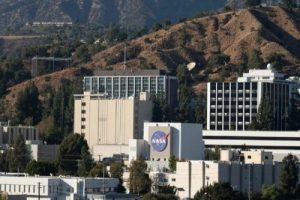The head of the UN”s atomic watchdog on Tuesday sounded the alarm on Iran”s cooperation with the agency and demanded “clarifications” over an undeclared site in Tehran where uranium particles were found late last year.
It comes on the same day as the IAEA issued two reports, one on Iran”s current nuclear programme and the other detailing its denial of access to two sites the agency wanted to visit.
Rafael Grossi, the new head of the International Atomic Energy Agency (IAEA), who was in Paris to meet President Emmanuel Macron, told AFP: “Iran must decide to cooperate in a clearer manner with the agency to give the necessary clarifications.”
“The fact that we found traces (of uranium) is very important. That means there is the possibility of nuclear activities and material that are not under international supervision and about which we know not the origin or the intent. That worries me,” Grossi added.
The IAEA has for months been pressing Tehran for information about the kind of activities being carried out at the undeclared site where the uranium particles were found.
While the IAEA has not identified the site in question, diplomatic sources told AFP the agency asked Iran about a site in the Turquzabad district of Tehran, where Israel has alleged secret atomic activity in the past.
In addition, according to a report issued by the IAEA on Tuesday, “The Agency identified a number of questions related to possible undeclared nuclear material and nuclear-related activities at three locations in Iran.”
A diplomatic source said that the three locations were separate to Turquzabad.
The source also said that the agency”s queries were thought to relate to Iran”s historic nuclear activities and not to its compliance with the 2015 nuclear deal with world powers.
The IAEA report says that Iran refused access to two of the sites that it wished to visit in late January.
Iran then sent the agency a letter saying it did “not recognise any allegation on past activities and does not consider itself obliged to respond to such allegations”.
The second report from the agency detailed Iran”s current breaches of several parts of a landmark 2015 international deal on scaling back its nuclear programme.
The report showed Iran”s stockpile of enriched uranium now stands at more than five times the limit fixed under the accord with world powers.
It said that as of February 19, 2020 the Iranian stockpile stood at 1,510 kg, as opposed to the 300 kg limit set under the agreement.
Some experts consider this amount to provide sufficient material to produce a nuclear weapon.
However, it would still need several more steps, including further enrichment, to make it suitable for use in a weapon.
The report says that Iran has not been enriching uranium above 4.5 per cent. An enrichment level of around 90 percent would be needed for weapons use.
The 2015 deal has been hanging by a thread since the US withdrew from it in May 2018 and went on to impose stinging sanctions on Iran, in particular targeting its vital oil sector.
The latest IAEA reports come just days after a meeting in Vienna of the remaining parties to the deal ended without a clear plan to keep the accord alive.
The 2015 agreement promised Iran an easing of very damaging economic and other sanctions in return for scaling back its nuclear programme.
Tehran has been progressively reducing its commitments to the accord in retaliation for the US move.
(With the inputs of PTI).

























Add Comment